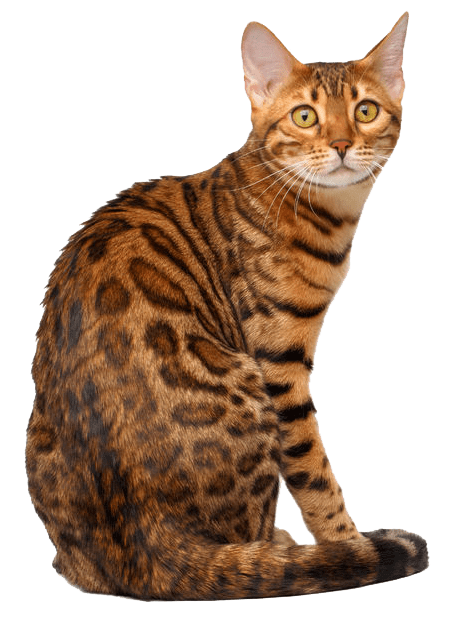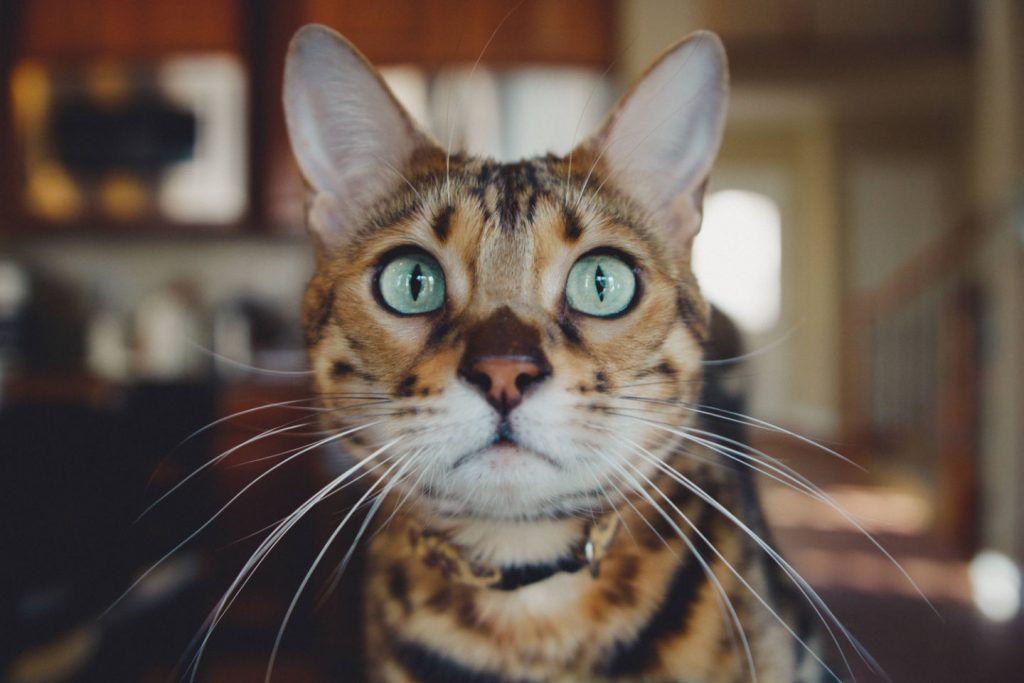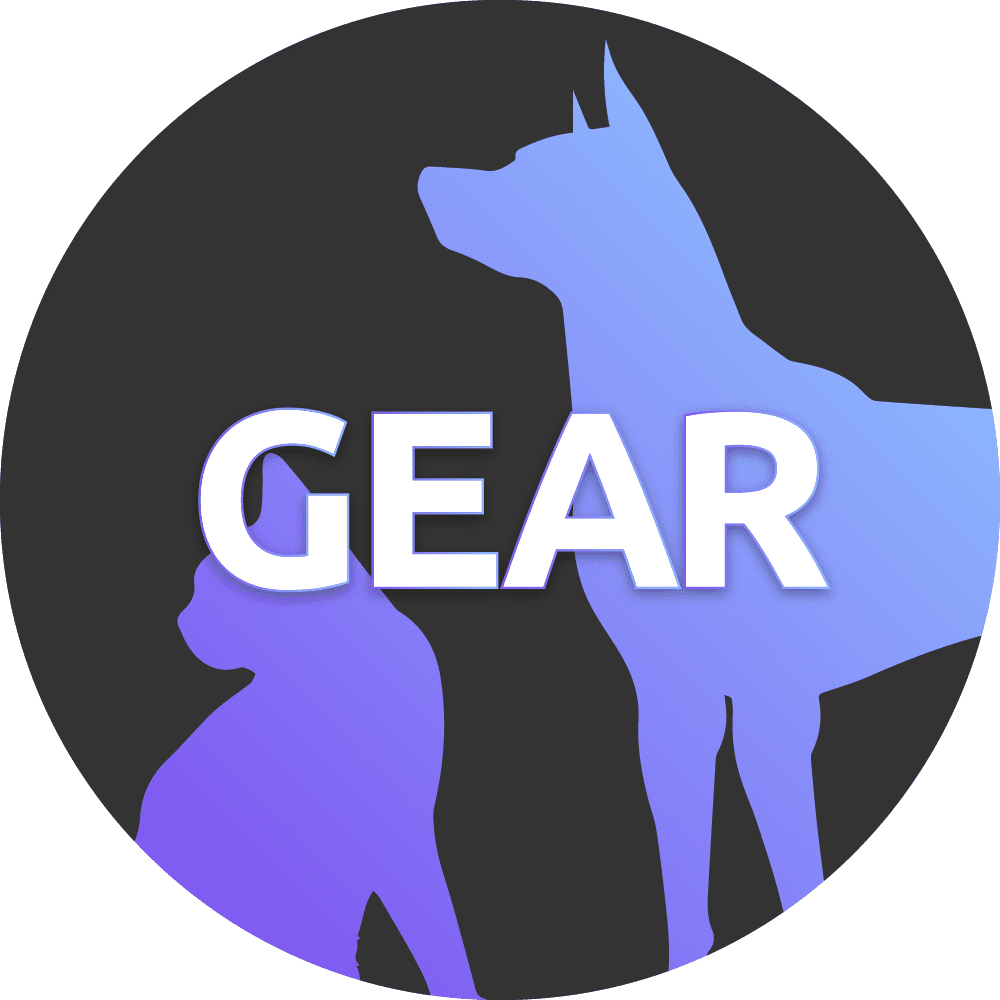Domesticated Hybrid
The bengal may look as though he is viscous and wild, but they are incredibly gentle and not to mention, domestic.
Bengals are a breeding marvel. This breed was actually discovered by mating an Asian Leopard with a normal tabby cat. The main goal with this breed was to actually breed a docile cat with a wild cat, to see whether or not the kittens would have a domestic character, well it worked.
These beautiful felines are muscular and yet graceful too. Bengals are very hyper active animals and love nothing more than to investigate all points in your home so that they can find the highest point to perch from. If you are looking to add a bengal to your home, just be sure that they have plenty to do to keep them occupied. When a bengal becomes bored, they become quite destructive and will start knocking things off counters and scratching your lovely couches.
Even though this breed is high in energy, they are very affectionate towards their owners and love nothing more than being close to you, when it suits them of course. They are confident cats and will often become very vocal with their families. Bengals are fine around children, they actually aren’t too bothered by young ones at all. However, if you have smaller pets in the house like a bird or a bunny, then adding a bengal to your home will sadly end in there being one less pet in the house.




